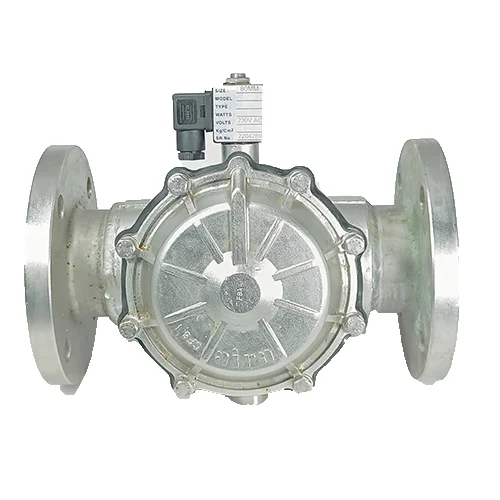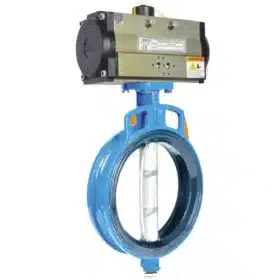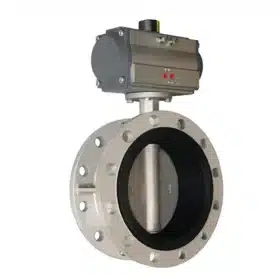Pilot Operated Diaphragm Type Solenoid Valve Upto 12 Bar Pressure Flange End Aira ISF 1/2″ to 2″
Brand : Aira
Model : ISF
Body MOC : CF8
Diaphragm : Nitrile
Media : Air, Water, Oil and Gas
Pressure : 0.7 to 12KG/Cm2
Temeprature : Upto 85C
For more types of solenoid valves, click here.
Price range: ₹3,700 through ₹11,001 Exclusive GST
Solenoid Valve – How They Work
A solenoid valve is an electrically controlled valve. The valve features a solenoid, which is an electric coil with a movable ferromagnetic core (plunger) in its center. In the rest position, the plunger closes off a small orifice. An electric current through the coil creates a magnetic field. The magnetic field exerts an upwards force on the plunger opening the orifice. This is the basic principle that is used to open and close solenoid valves.
How does a solenoid valve work?
A solenoid valve consists of two main components: a solenoid and a valve body. A solenoid has an electromagnetically inductive coil around an iron core at the center called the plunger. At rest, it can be normally open (NO) or normally closed (NC). In the de-energized state, a normally open valve is open and a normally closed valve is closed. When current flows through the solenoid, the coil is energized and creates a magnetic field. This creates a magnetic attraction with the plunger, moving it and overcoming the spring force. If the valve is normally closed, the plunger is lifted so that the seal opens the orifice and allows the flow of the media through the valve. If the valve is normally open, the plunger moves downward so that the seal blocks the orifice and stops the flow of the media through the valve. The shading ring prevents vibration and humming in AC coils.
Diaphragm Type Solenoid Valves:
Consisting of a rubber diaphragm which moves up or down within a valve body.
Diaphragm type solenoid valves are most commonly associated with 2-way solenoid valves. They generally consist of a rubber diaphragm which moves up or down within a valve body. This promotes an opening or closing against a hard seat, thereby changing the state of the solenoid valve. In direct acting or diaphragm control valves, the media pressure has no bearing on the position of the diaphragm. It simply changes its state once the solenoid coil is energised and either opens or closes, depending on the specification of the solenoid valve in its resting state (normally closed or normally open).
In indirect or pilot operated solenoid valves, the pressure of the media flowing through the valve acts as a pilot and influences the position of the diaphragm, and therefore the state of the valve.
Diaphragm type solenoid valves are available in a wide range of materials to suit almost any industrial application and process media. Valve diaphragm materials include NBR, Viton, EPDM and PTFE, and more exotic materials are available for specialist duties. When choosing a solenoid valve, it is important to check the chemical compatibility of the valve diaphragm material in order to ensure longevity and suitability of the valve in your application.
Learn more about solenoid valves here.
For more types of solenoid valves, click here.





